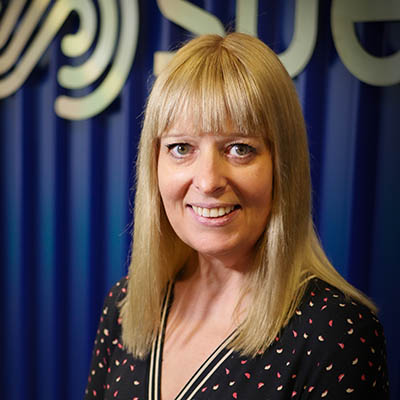Passing the agility test – the work has just begun

The COVID-19 pandemic may be unprecedented, but like most if not all previous crises, it has accelerated change. Most obvious is the shift to working from home. When push came to shove – or rather, pandemic to shutdown – many organisations and employees surprised themselves with their own agility.
But of course, agile working means more than working from home, remote working, or even mobile or flexible working. True agility encapsulates all that and more besides.
A widely quoted definition (more than a decade old) from The Agile Organisation describes it like this: “Agile working is about bringing people, processes, connectivity and technology, time and place together to find the most appropriate and effective way of working to carry out a particular task. It is working within guidelines (of the task) but without boundaries (of how you achieve it).”
Your teams can work in an agile way from the same office or multiple locations using software such as Teams and other applications. However, that is only one element of agile working which more about how you configure, structure, distribute and guide the work within your team and across the organisation.
Embracing agility in the wider sense can facilitate the breaking down silos, and allowing ideas and innovation to cross-fertilise. A multi-disciplinary team can be drawn from different departments and areas (even countries) for a set task. Given a shared vision and a broad direction to work towards, rather than narrowly defined actions, and free to learn and adapt as they go, an agile team can achieve more incrementally and innovatively – and should be better able to maximise value for the time and budget allowed.
The history of the theory is interesting. A group of software engineers drew up The Agile Manifesto in 2001. Their aim was to streamline the software development process by getting away from inefficient practices such as excessive paperwork and meetings, and other rigid ways of working.
This approach soon made inroads into project management in general. According to the Project Management Institute more than 70% of organisations have adopted this more iterative process. This puts the onus on good person-to-person communications and feedback (less on long email trails and meetings) and on adapting to change.
Agile has a lot in common with lean thinking, which eliminates waste and activities that don’t add value. We’ve applied lean methodologies comprehensively across large areas of our business and more recently we’ve built on this with systems thinking approaches both in areas of our operations and support services.
Akin to agile philosophies, systems thinking is about empowering people. For this reason, both concepts are at the heart of HR and engaging employees to improve business performance.
‘Our people are our greatest asset’ is a mantra trotted out on many corporate websites and brochures. Agile working – and the principle of the agile organisation – makes this truth (that business success fundamentally depends on people) live and breathe.
It chimes with strategic HR management (SHRM) theory – that employees really are the main assets and source of strategic and competitive advantage.
Agile working brings together the physical and the digital, but it’s not really a follow-the-manual process – it is a culture and mindset. Which is why the HR team and all the leaders across a business have vital roles to play in making our ways of working and the organisation itself more agile. UN Sustainable Development Goals
Before the pandemic, our SUEZ global group adopted a strategy designed to do just that. Shaping SUEZ 2030 also commits the group to a series of challenging targets aligned with the UN Sustainable Development Goals and the Paris Agreement to limit the increase in global warming to 1.5°C.
As well as – or indeed, as part of – this doubling down on the drive to a circular economy, the strategy is accelerating investment in data-driven technologies and solutions, and also simplifying processes in the organisation. Adopted last year, the strategy moulded a more decentralised and agile SUEZ group that can be closer to its customers.
This is the other key facet of agile – it’s a collaborative approach, not just among colleagues but working more closely with customers too, while also speeding up the way teams and organisations work.
It’s important to acknowledge that while applying the agile approach to specific projects is relatively straightforward – and the benefits become evident fairly quickly – scaling up is harder at the organisational level.
Here again is why culture and values are crucial. Organisational change does not work without engaged employees and a common sense of purpose.
We have transformed our business and organisation over a matter of years from a waste disposal business into a resource manager, power generator, alternative fuels manufacturer, compost producer, wood processor, materials trader and more.
It’s no coincidence that we define our values as: Team Spirit, Customer First, Respect, and Passion for the Environment. And SUEZ recycling and recovery UK is one of the Sunday Times Top 25 Companies To Work For 2020.
After COVID-19, there will be more shocks, be they pandemics, climate-related, economic or societal. Agility in the widest sense will be essential for business success.
